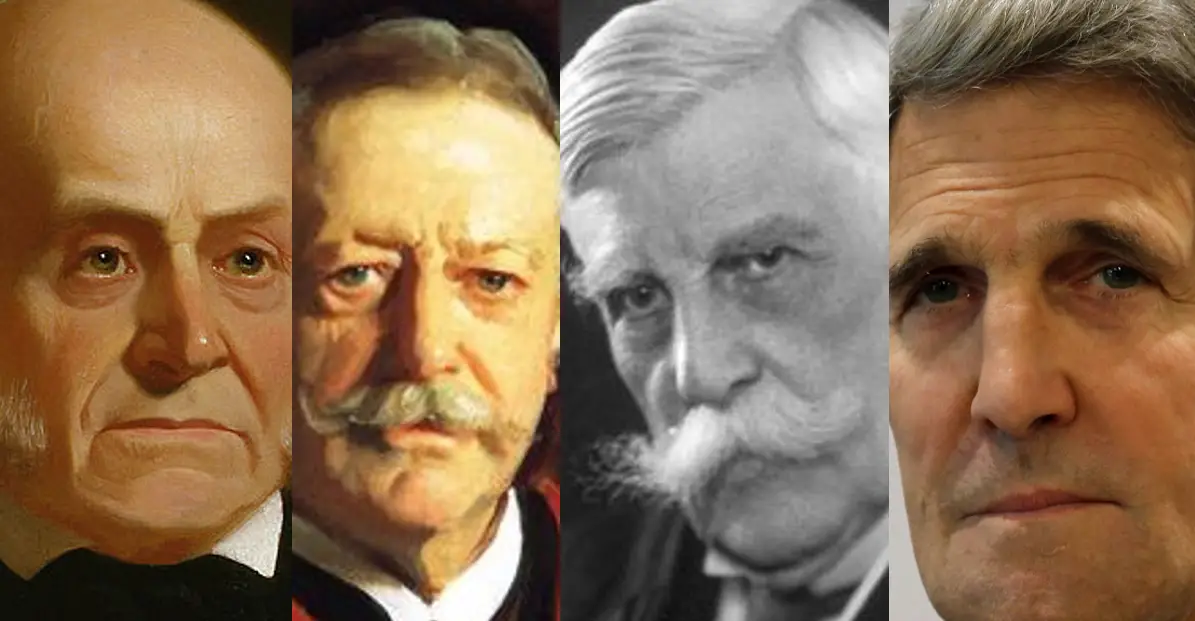The Boston Brahmin, a term coined by Oliver Wendell Holmes in 1861, refers to the elite class of families who dominated the social, economic, and cultural landscape of Boston, Massachusetts, from the 17th to the 20th centuries. This group of aristocrats, known for their wealth, influence, and refinement, left an indelible mark on the city’s history, shaping its institutions, architecture, and values. In this article, we will explore the Boston Brahmin’s legacy, their impact on the city, and their enduring influence on American society.

Origins and Evolution
The Boston Brahmin emerged in the 17th century, when the city was a major hub for trade and commerce. The earliest members of this group were descended from English colonists who settled in the area, including the Winthrops, the Saltonstalls, and the Gardners. Over time, these families intermarried, accumulated wealth, and consolidated their power, forming a tight-knit social circle that dominated the city’s elite.
As the years passed, the Boston Brahmin expanded their influence through strategic marriages, business partnerships, and civic engagement. They invested in real estate, finance, and industry, amassing vast fortunes that enabled them to build grand estates, endow institutions, and support the arts. Their cultural and intellectual pursuits, including literature, music, and education, helped shape the city’s high-brow reputation.
Notable Families and Individuals
Some of the most notable Boston Brahmin families include:
- The Lowells: A family of merchants, politicians, and intellectuals, the Lowells were instrumental in shaping the city’s history. They founded the Lowell Institute, a renowned cultural and educational institution, and produced notable figures like James Russell Lowell, a celebrated poet and diplomat.
- The Cabots: This family of shipowners and traders played a significant role in Boston’s maritime history. They were also prominent in politics, with figures like George Cabot, a U.S. Senator, and Henry Cabot Lodge, a historian and statesman.
- The Saltonstalls: As one of the oldest and most influential Boston Brahmin families, the Saltonstalls produced several distinguished individuals, including Leverett Saltonstall, a U.S. Senator and Governor of Massachusetts.
Other notable Boston Brahmin include:
- Ralph Waldo Emerson: A philosopher, essayist, and poet, Emerson was a key figure in the Transcendentalist movement and a prominent Bostonian.
- Henry James: The celebrated author and literary critic, James was born into a Boston Brahmin family and drew heavily from his experiences in the city in his writing.
- Isabella Stewart Gardner: A patron of the arts and a member of the Boston Brahmin, Gardner founded the Isabella Stewart Gardner Museum, a world-renowned institution dedicated to art and culture.
Legacy and Impact
The Boston Brahmin’s legacy can be seen in various aspects of the city’s life, including:
- Architecture: The Boston Brahmin commissioned many of the city’s most iconic buildings, such as the Boston Public Library, the Museum of Fine Arts, and the Symphony Hall.
- Institutions: They founded and supported numerous institutions, including Harvard University, the Massachusetts Institute of Technology (MIT), and the Boston Athenaeum, a prestigious library and cultural center.
- Cultural Life: The Boston Brahmin played a significant role in shaping the city’s cultural landscape, supporting the arts, literature, and music. They were instrumental in establishing the Boston Symphony Orchestra and the Handel and Haydn Society, a choral organization.
Challenges and Decline
Despite their significant contributions to the city, the Boston Brahmin faced challenges and criticism throughout their history. Some of the issues they encountered include:
- Elitism: The Boston Brahmin were often accused of elitism and exclusivity, with their closed social circle and restrictive membership policies.
- Decline of the Aristocracy: As the 20th century progressed, the Boston Brahmin’s influence began to wane. The rise of new industrial and commercial interests, coupled with the decline of the old aristocracy, eroded their power and status.
- Social and Cultural Shifts: Changing social and cultural values, including the rise of the middle class and the expansion of education, further diminished the Boston Brahmin’s dominance.
FAQ
Q: Who were the Boston Brahmin?
A: The Boston Brahmin were a group of elite families who dominated the social, economic, and cultural landscape of Boston, Massachusetts, from the 17th to the 20th centuries.
Q: What were some of the notable Boston Brahmin families?
A: Some notable families included the Lowells, the Cabots, and the Saltonstalls.
Q: What was the Boston Brahmin’s legacy?
A: The Boston Brahmin’s legacy can be seen in various aspects of the city’s life, including architecture, institutions, and cultural life.
Q: Why did the Boston Brahmin’s influence decline?
A: The Boston Brahmin’s influence declined due to factors such as elitism, the rise of new industrial and commercial interests, and social and cultural shifts.
Q: Are the Boston Brahmin still influential today?
A: While the Boston Brahmin are no longer the dominant force they once were, their legacy continues to shape the city’s institutions, culture, and values.
Conclusion
The Boston Brahmin’s legacy is a testament to the enduring power of tradition, wealth, and influence. Despite their decline, their impact on the city’s architecture, institutions, and cultural life remains palpable. As Boston continues to evolve and grow, the Boston Brahmin’s contributions serve as a reminder of the city’s rich history and the significant role they played in shaping its identity. While the Boston Brahmin may no longer hold the same level of power and influence, their legacy continues to inspire and educate, offering a glimpse into a bygone era of elegance, refinement, and cultural sophistication. As we look to the future, it is essential to appreciate and learn from the Boston Brahmin’s accomplishments, while also acknowledging the challenges and criticisms they faced, to ensure a more inclusive and equitable society for all.
Closure
Thus, we hope this article has provided valuable insights into The Enduring Legacy of the Boston Brahmin. We thank you for taking the time to read this article. See you in our next article!




